Year 1
The English curriculum is built around the three interrelated strands of language, literature and literacy. Teaching and learning programs should balance and integrate all three strands. Together, the strands focus on developing students' knowledge, understanding and skills in listening, reading, viewing, speaking, writing and creating. Learning in English builds on concepts, skills and processes developed in earlier years, and teachers will revisit and strengthen these as needed.
In Year 1, students communicate with peers, teachers, known adults and students from other classes.
Students engage with a variety of texts for enjoyment. They listen to, read, view and interpret spoken, written and multimodal texts designed to entertain and inform. These encompass traditional oral texts including Aboriginal stories, picture books, various types of stories, rhyming verse, poetry, non-fiction, film, dramatic performances and texts used by students as models for constructing their own texts.
The range of literary texts for Foundation to Year 10 comprises Australian literature, including the oral narrative traditions of Aboriginal and Torres Strait Islander Peoples, as well as the contemporary literature of these two cultural groups, and classic and contemporary world literature, including texts from and about Asia. Literary texts that support and extend Year 1 students as independent readers involve straightforward sequences of events and everyday happenings with recognisably realistic or imaginary characters. Informative texts present a small amount of new content about familiar topics of interest and topics being studied in other areas of the curriculum. These include decodable and predictable texts which present a small range of language features, including simple and compound sentences, some unfamiliar vocabulary, a small number of high-frequency words and words that need to be decoded phonically, as well as illustrations and diagrams that support the printed text.
Students create a variety of imaginative, informative and persuasive texts including recounts, procedures, performances, literary retellings and poetry.
(source: www.australiancurriculum.edu.au)
Achievement Standard
Receptive modes (listening, reading and viewing)
By the end of Year 1, students understand the different purposes of texts. They make connections to personal experience when explaining characters and main events in short texts. They identify that texts serve different purposes and that this affects how they are organised. They describe characters, settings and events in different types of literature.
Students read aloud, with developing fluency. They read short texts with some unfamiliar vocabulary, simple and compound sentences and supportive images. When reading, they use knowledge of the relationship between sounds and letters, high-frequency words, sentence boundary punctuation and directionality to make meaning. They recall key ideas and recognise literal and implied meaning in texts. They listen to others when taking part in conversations, using appropriate language features and interaction skills.
Productive modes (speaking, writing and creating)
Students understand how characters in texts are developed and give reasons for personal preferences. They create texts that show understanding of the connection between writing, speech and images.
They create short texts for a small range of purposes. They interact in pair, group and class discussions, taking turns when responding. They make short presentations on familiar topics. When writing, students provide details about ideas or events, and details about the participants in those events. They accurately spell high-frequency words and words with regular spelling patterns. They use capital letters and full stops and form all upper- and lower-case letters correctly.
(source: www.australiancurriculum.edu.au)
- Plus Plan
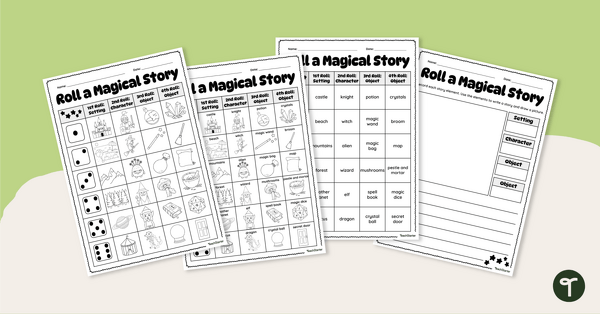
Roll to Create a Magical Story – Dice Game
Get your students writing magical stories during Book Week 2024 with this engaging and interactive “Roll to Create” dice game.
- Plus Plan
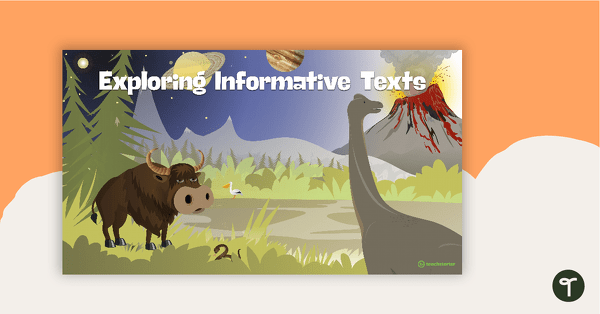
Exploring Informative Texts PowerPoint
A 23 slide editable PowerPoint template to use when teaching your students about the structure and language features of informative texts.
- Plus Plan
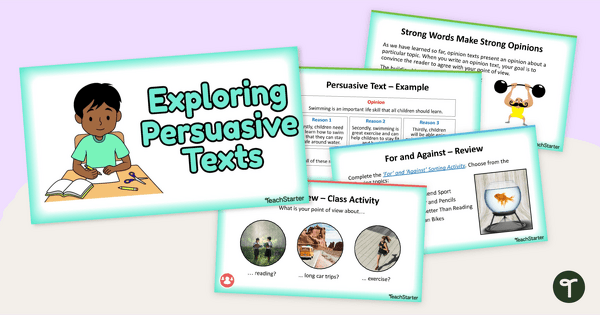
Exploring Persuasive Texts PowerPoint - Year 1 and Year 2
A 35 slide editable PowerPoint template to use when teaching your students about the structure and language features of persuasive texts.
- Free Plan
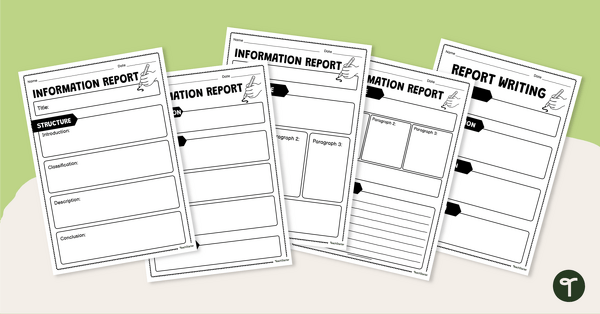
Informative Text Writing Graphic Organiser Pack
Make writing an informative text easy with free graphic organisers for your students!
- Plus Plan
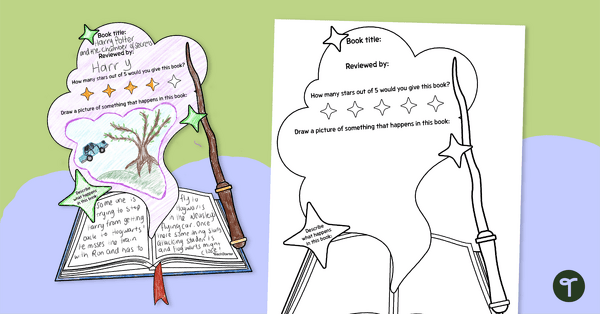
Magic-Themed Book Review Template
Create a display of student book reviews during Book Week 2024 with this magic-themed book review template for lower years students.
- Free Plan
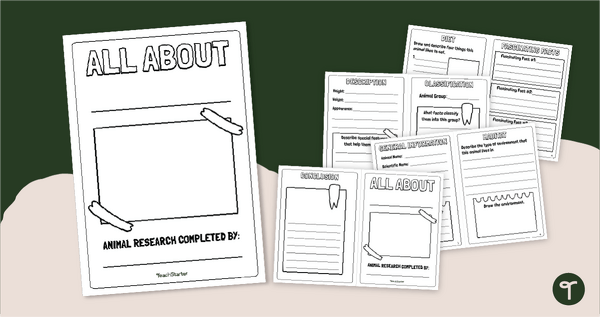
Animal Research Project - Informative Writing Booklet
Use a printable animal research organiser booklet for students to record facts about animals when learning to write informative texts.
- Plus Plan
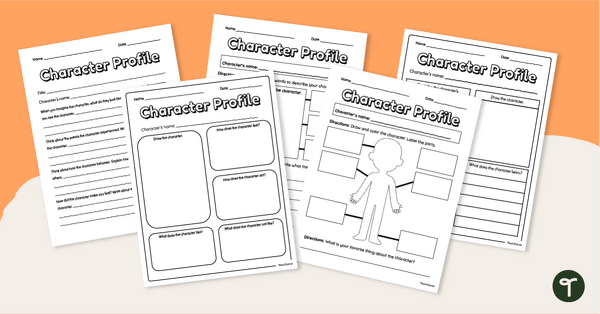
Character Profile Template Pack
Explore the personality, appearance, feelings and actions of a character from a narrative with this printable character profile templates.
- Plus Plan
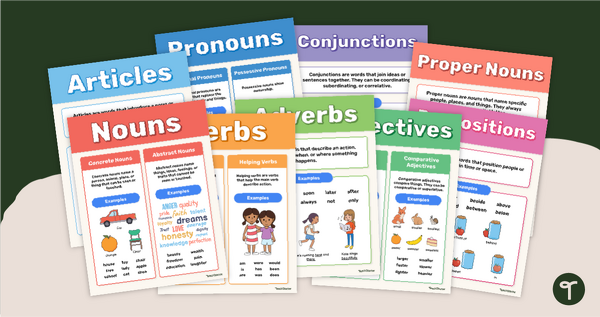
Nouns, Proper Nouns, Verbs, Adjectives, Adverbs and Conjunctions Posters
Enhance student understanding of the 8 parts of speech with these colourful, informative and easily-referenced grammar wall posters.
- Plus Plan

Decodable Text Worksheets – Common Consonant Digraphs (Set 1)
A set of 10 decodable text worksheets for early readers.
- Plus Plan
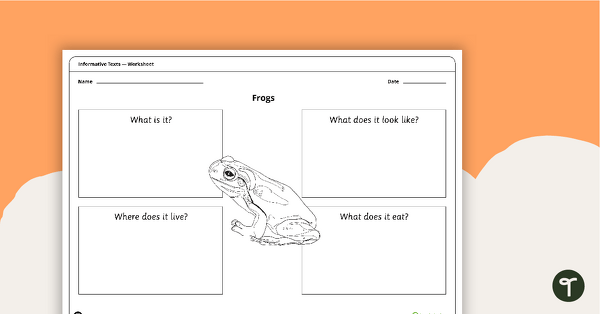
Build an Animal Fact File – Cut and Paste Worksheets
Use these animal fact file cut-and-paste worksheets as a precursor to information report writing.
- Plus Plan

Introduction to Personal Recounts PowerPoint
An 18 slide editable PowerPoint template to use when teaching younger students about the structure and language features of personal recounts.
- Plus Plan

For and Against Worksheets
Explore 'for' and 'against' arguments for five different topics with this set of 'for' and 'against' sorting activities.
- Plus Plan
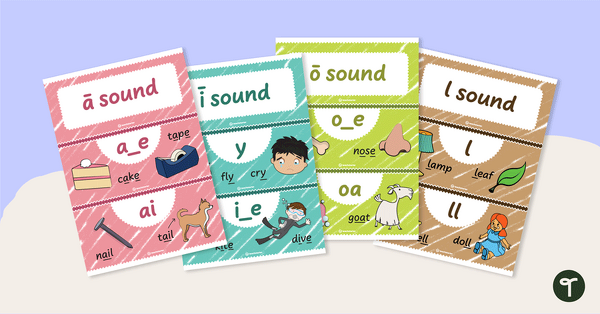
Phonics Sound Wall Display
Build a classroom sound wall to match your phonics programs and literacy progressions with a printable sound wall display.
- Plus Plan
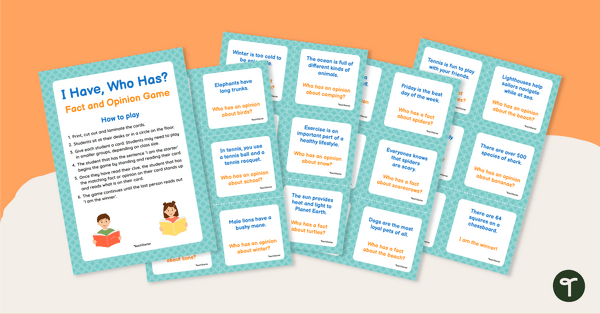
I Have, Who Has? Fact and Opinion Game
A whole class game to help students understand the difference between a fact and an opinion.
- Free Plan
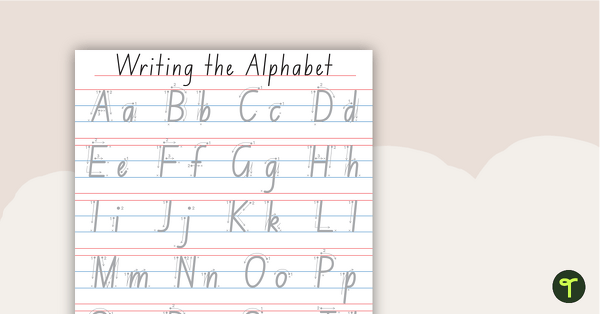
Writing the Alphabet Chart - Tracing
A chart to assist students when learning how to form letters.
- Plus Plan
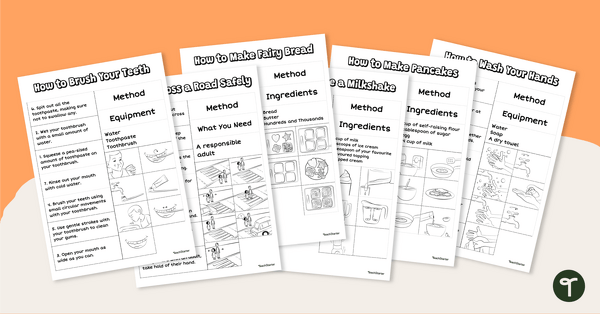
Build a Procedure Text – Cut and Paste Worksheets
Use these different examples of procedure writing to teach your students about the structural features of procedure texts.
- Plus Plan
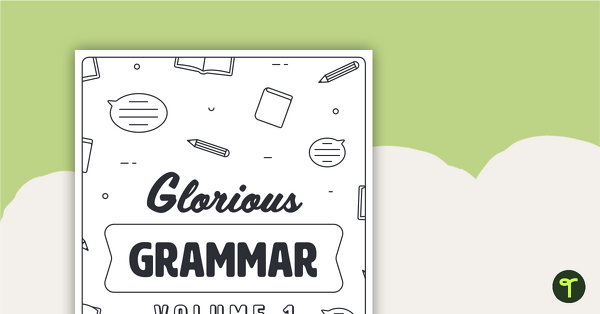
Glorious Grammar (Early Years) Volume 1 – Worksheet Book
A workbook packed with 50 grammar activities for younger years.
- Plus Plan
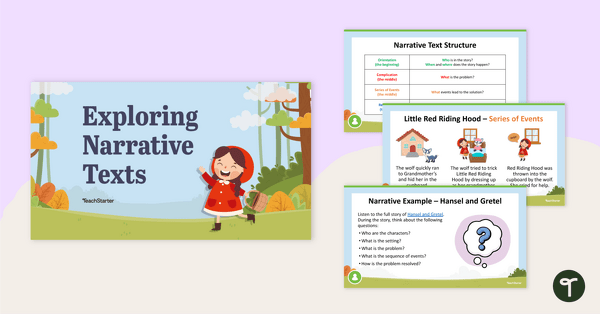
Exploring Narrative Texts PowerPoint
Teach your students about the key elements of narrative texts with this comprehensive teaching presentation.
- Plus Plan
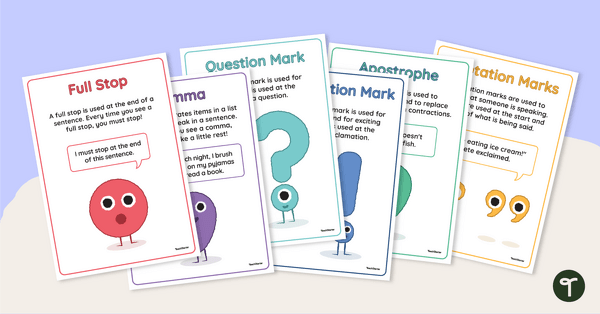
Punctuation Poster Pack
Display this set of 6 punctuation posters in your classroom to remind your students of the most common punctuation marks and their uses.
- Free Plan
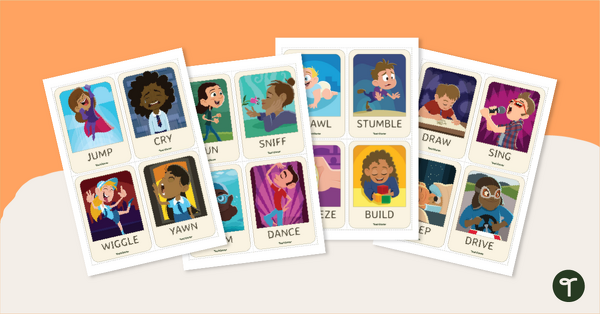
Verb Charades Active Game
Practise action verbs with this fun active charades game!
- Plus Plan
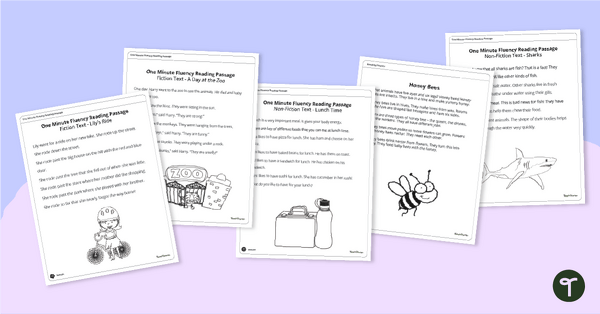
Fluency Reading Passage Pack- Year 1
Assess student fluency with a printable pack of reading fluency passages for Year 1.
- Plus Plan
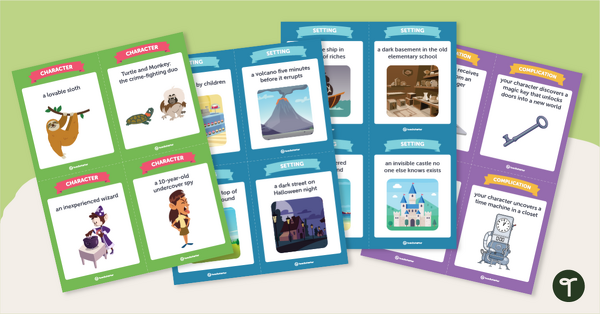
Story Ideas – Character, Setting, and Complication Cards
Help your students choose a topic to write about with this set of 36 character, setting and compilation task cards.
- Plus Plan
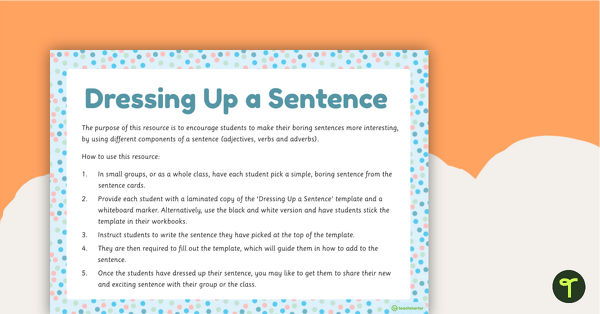
Dressing Up A Sentence Activity
An activity to help encourage students to add more descriptive language into their sentence writing.
- Plus Plan
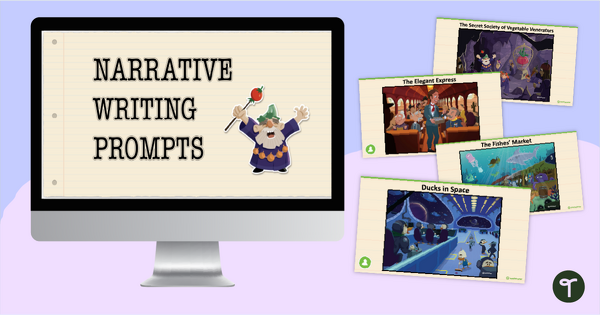
Narrative Writing Visual Prompts Presentation
A 19 slide teaching presentation containing visual narrative writing prompts.
- Plus Plan
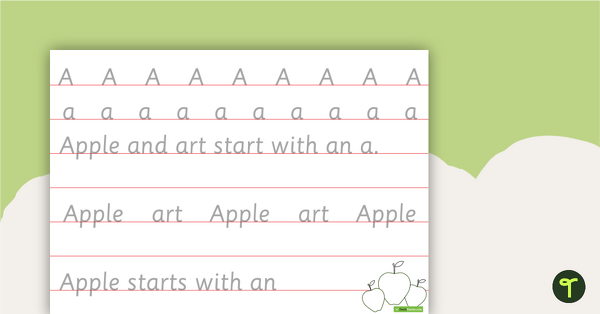
Alphabet Handwriting Sheets - Individual
Handwriting sheets for each letter of the alphabet.
- Free Plan
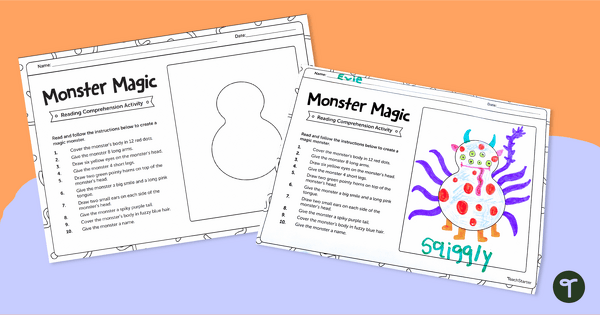
Monster Magic - Reading Comprehension Activity
Read and comprehend a set of instructions to create a magical monster!
- Free Plan
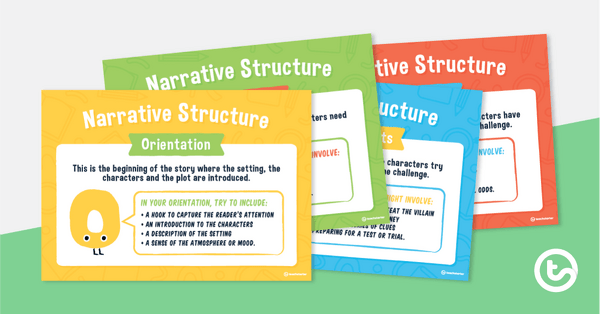
Narrative Text Structure Posters
A set of 8 narrative text structure posters to add to your classroom narrative writing display.
- Plus Plan
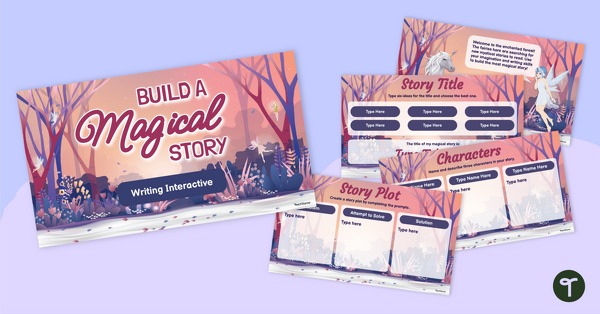
Build a Magical Story Interactive Activity
Use this “Build a Magical Story” narrative writing interactive activity to model the purpose, structural elements and language features of narrative texts.
- Plus Plan
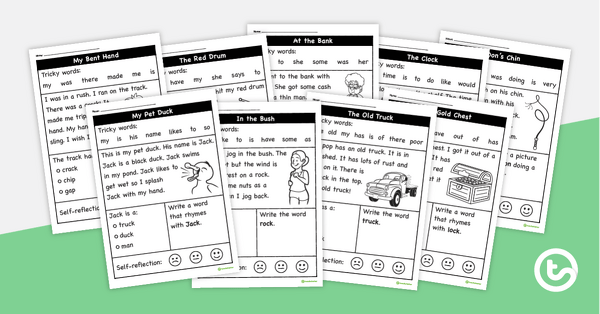
Decodable Text Worksheets – Common Consonant Digraphs (Set 2)
A set of 10 decodable text worksheets for early readers.
- Plus Plan
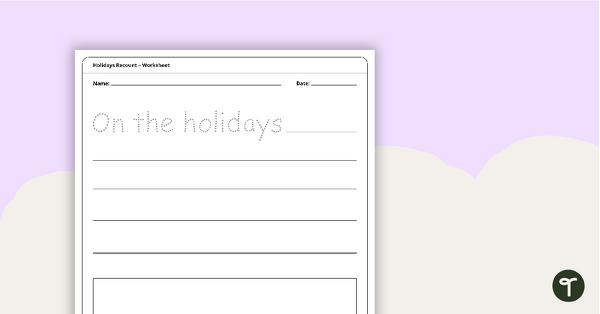
Holiday Recount Worksheet
A worksheet for younger students to use when writing a holiday recount.
- Free Plan
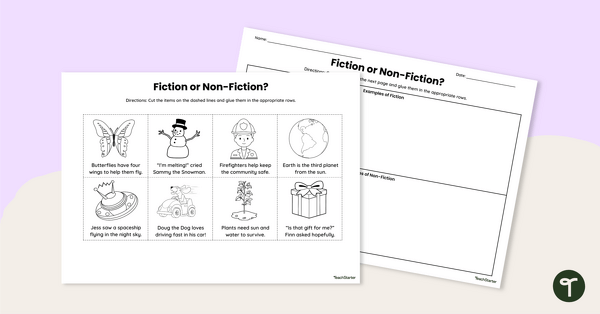
Fiction or Non-Fiction? Cut and Paste Worksheet
Use this fiction and non-fiction worksheet when teaching your students about the differences between fiction and non-fiction texts.
- Free Plan
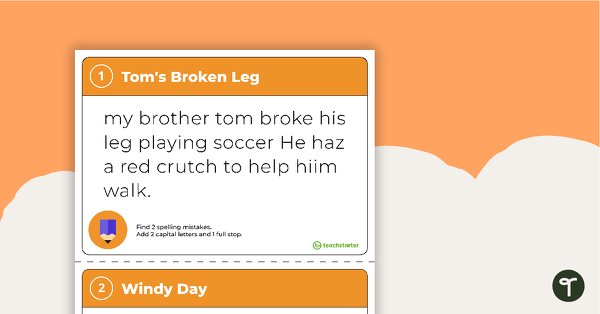
Editing Passage Task Cards - Year 1
A set of 20 editing passage task cards with answers.